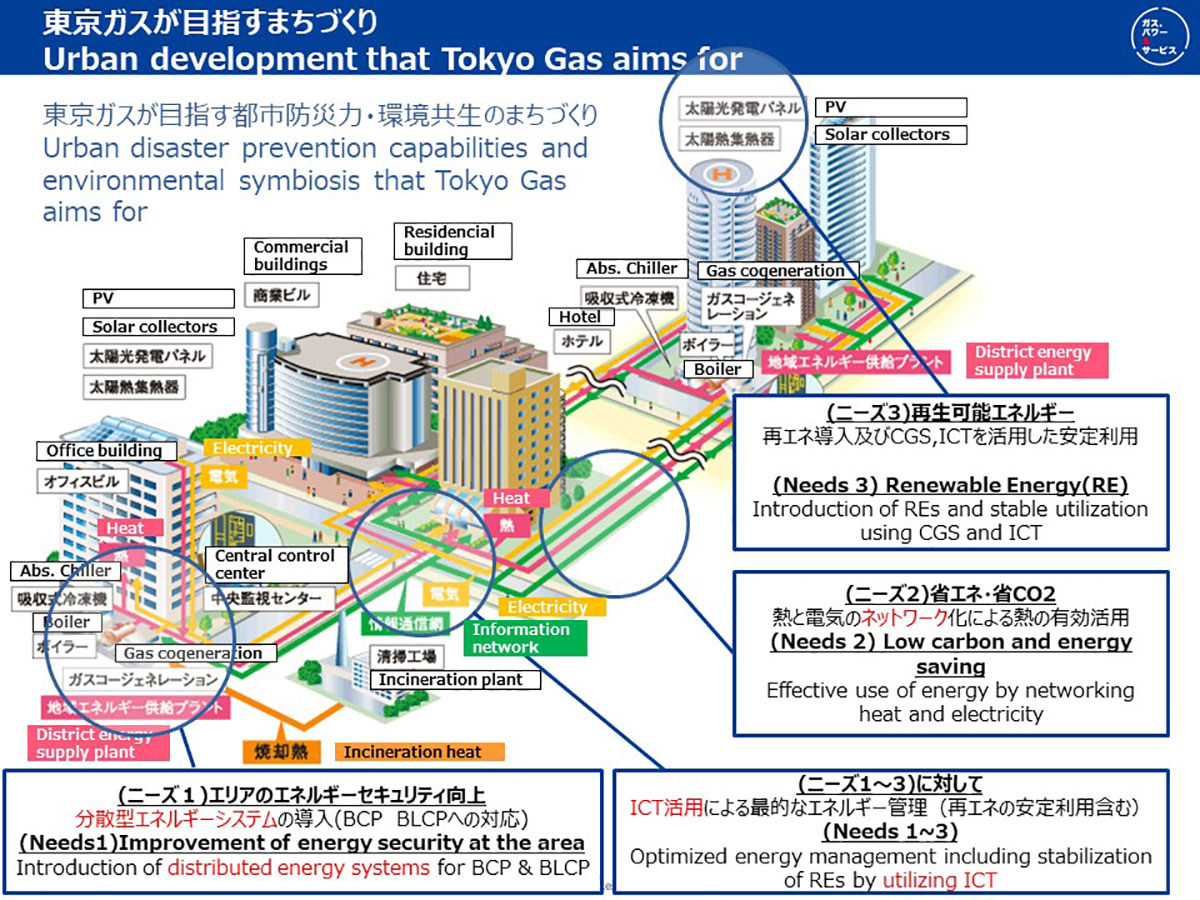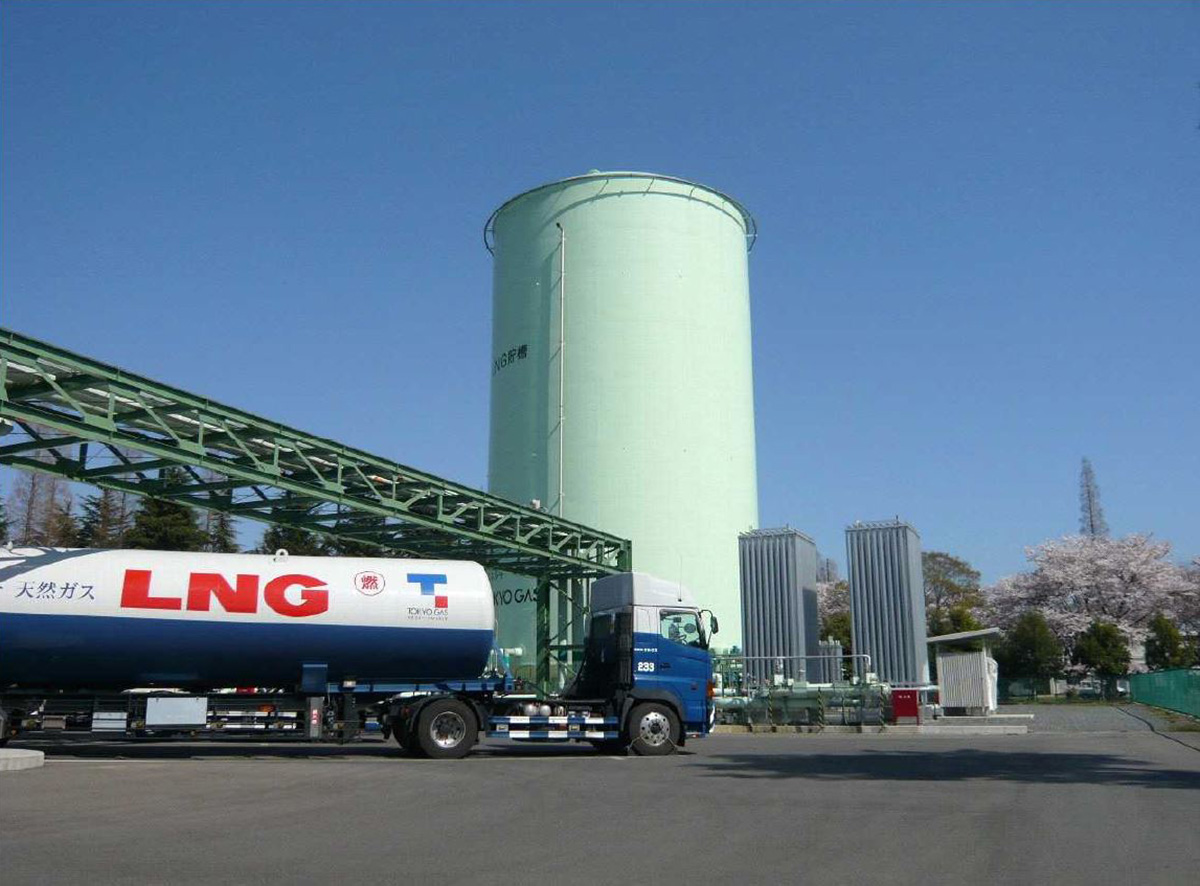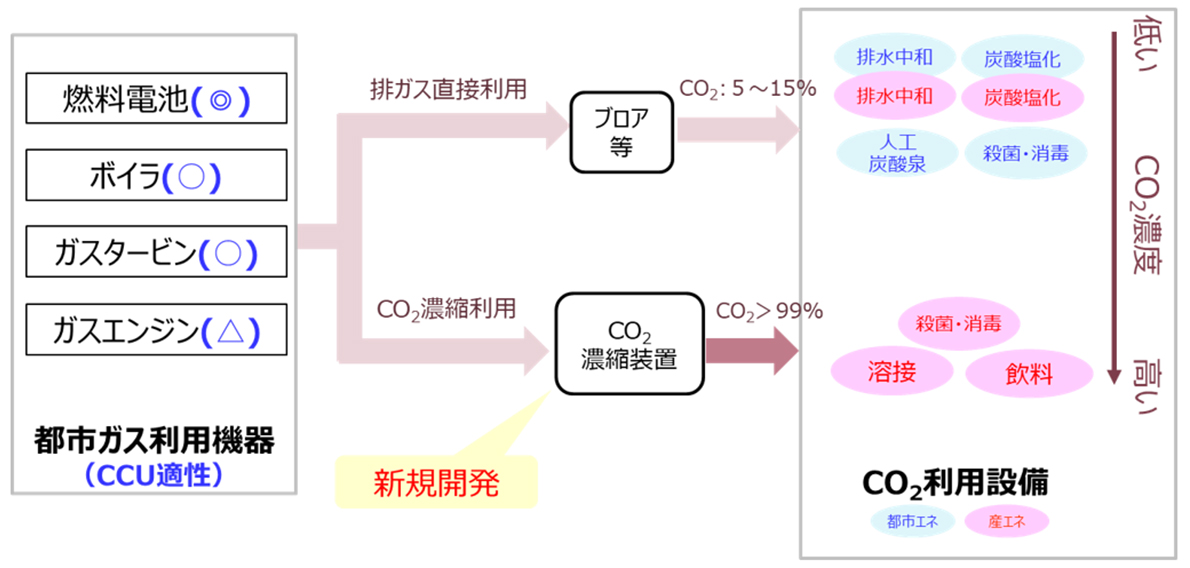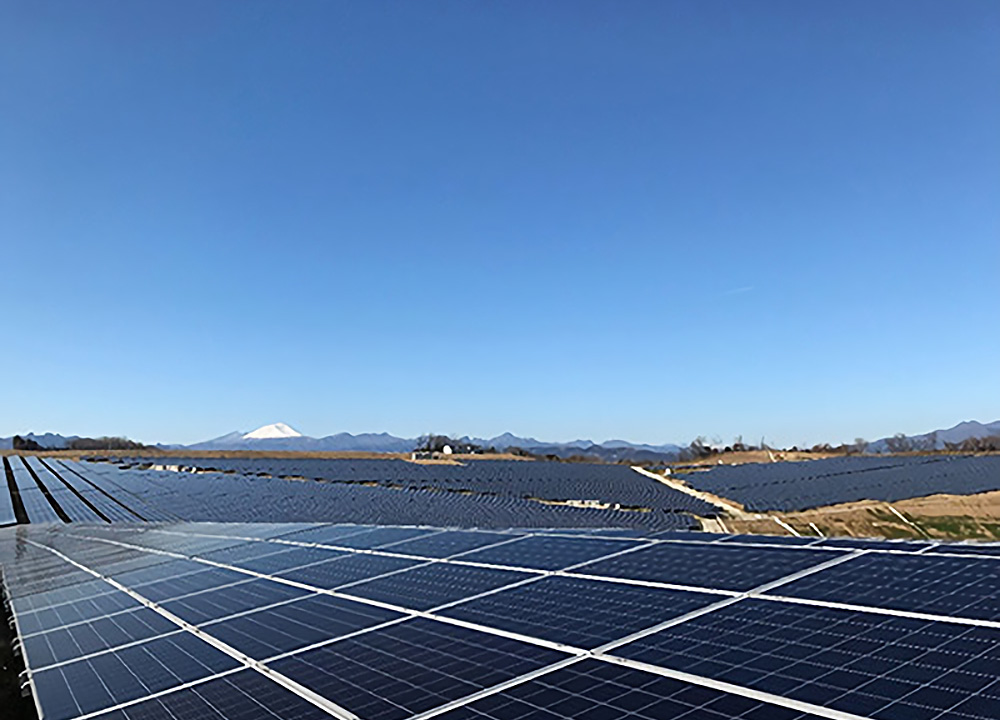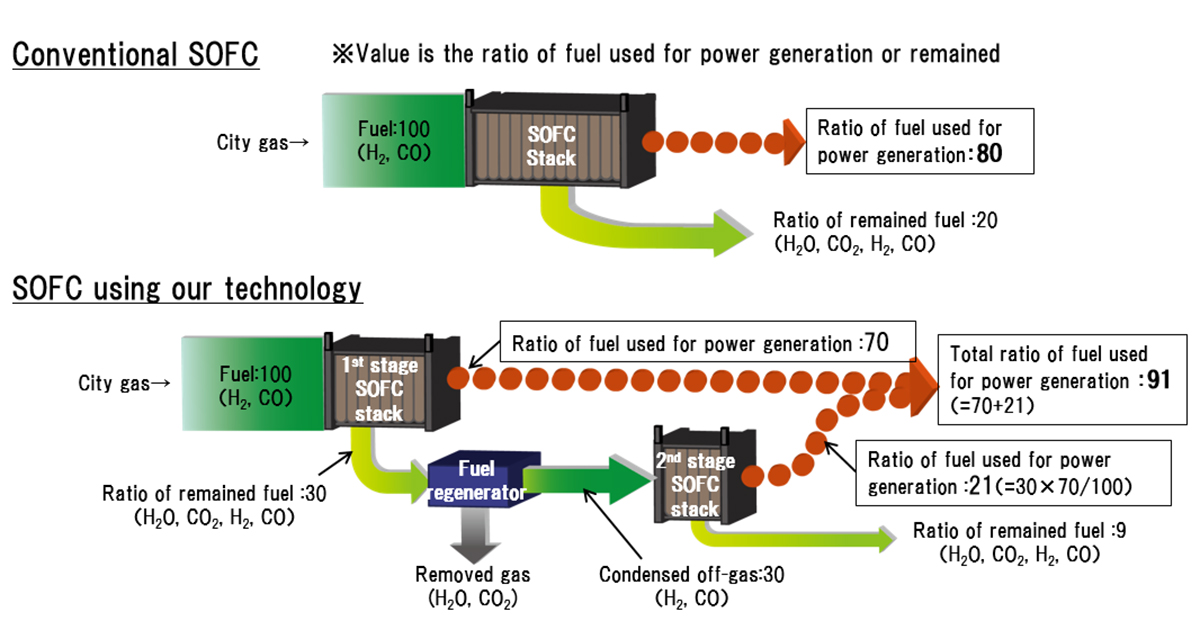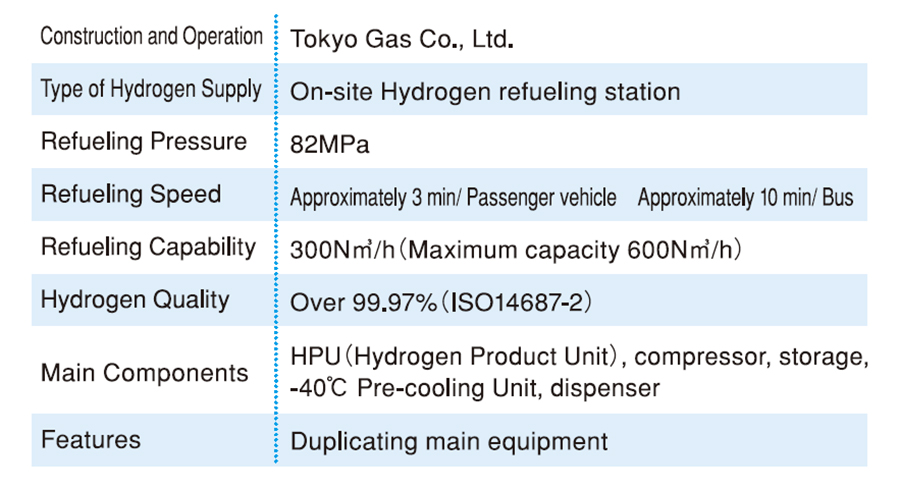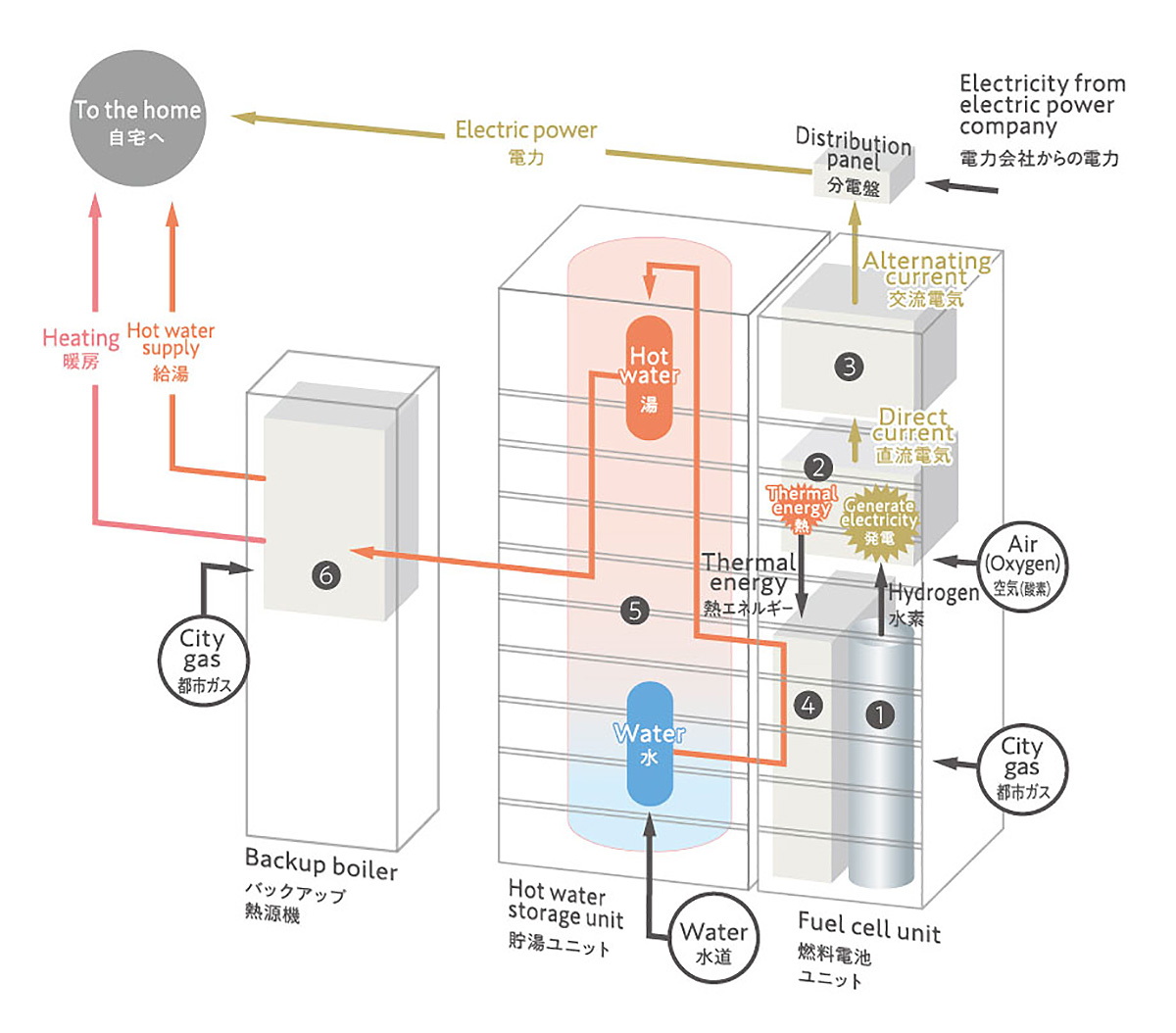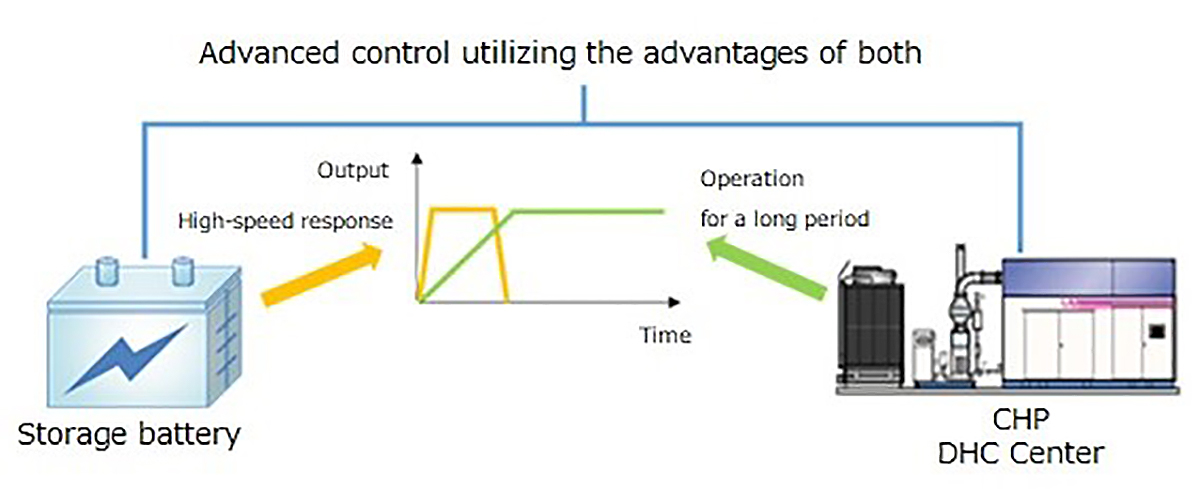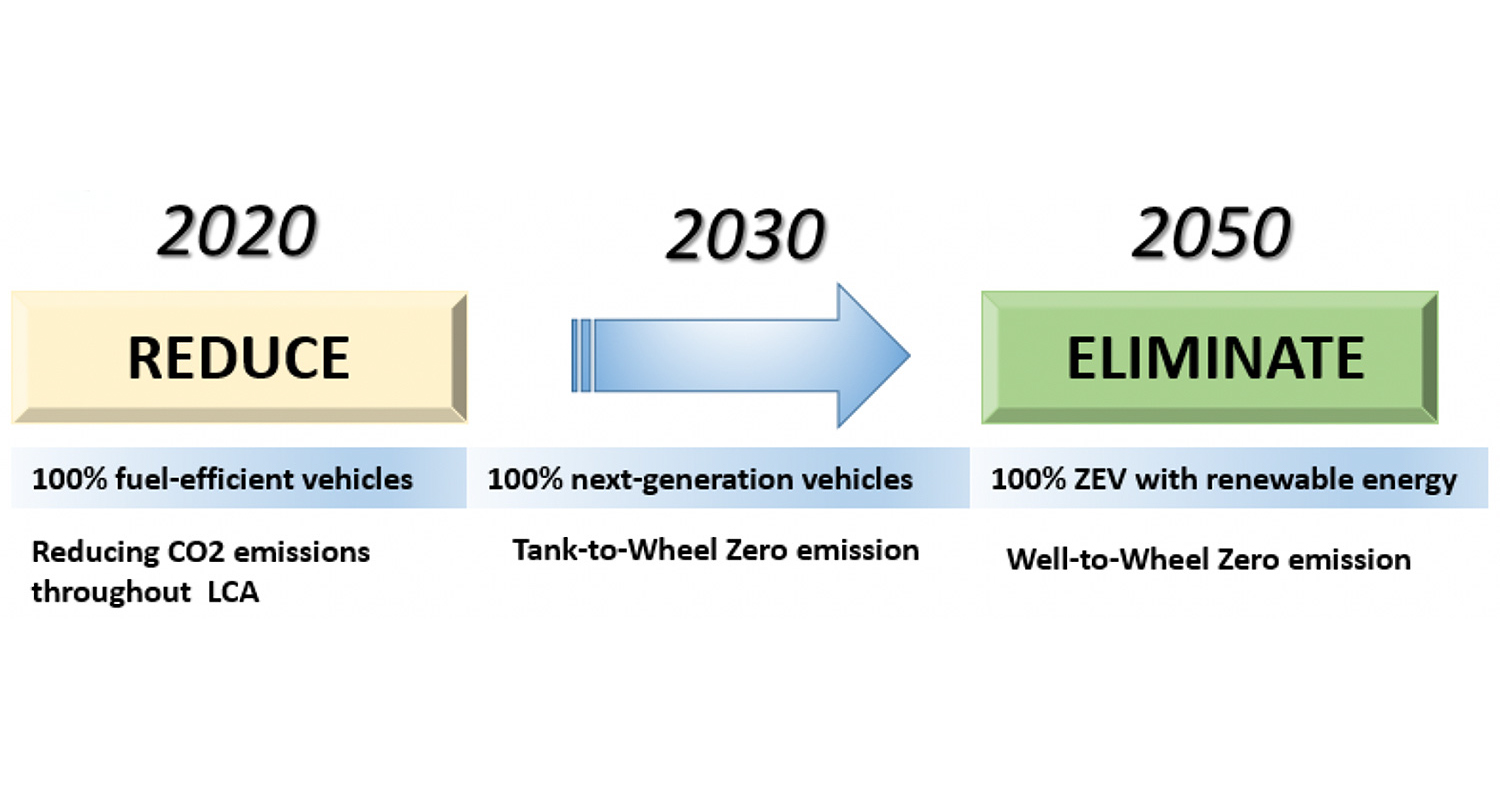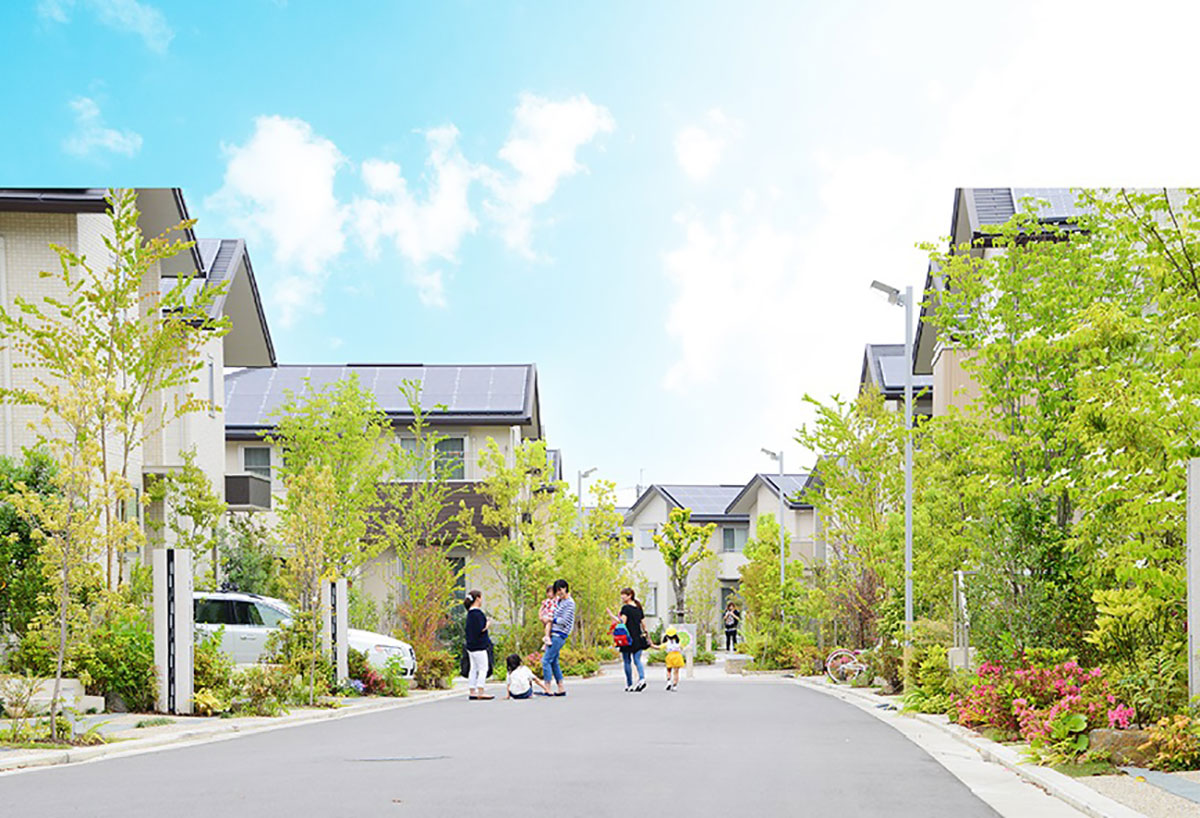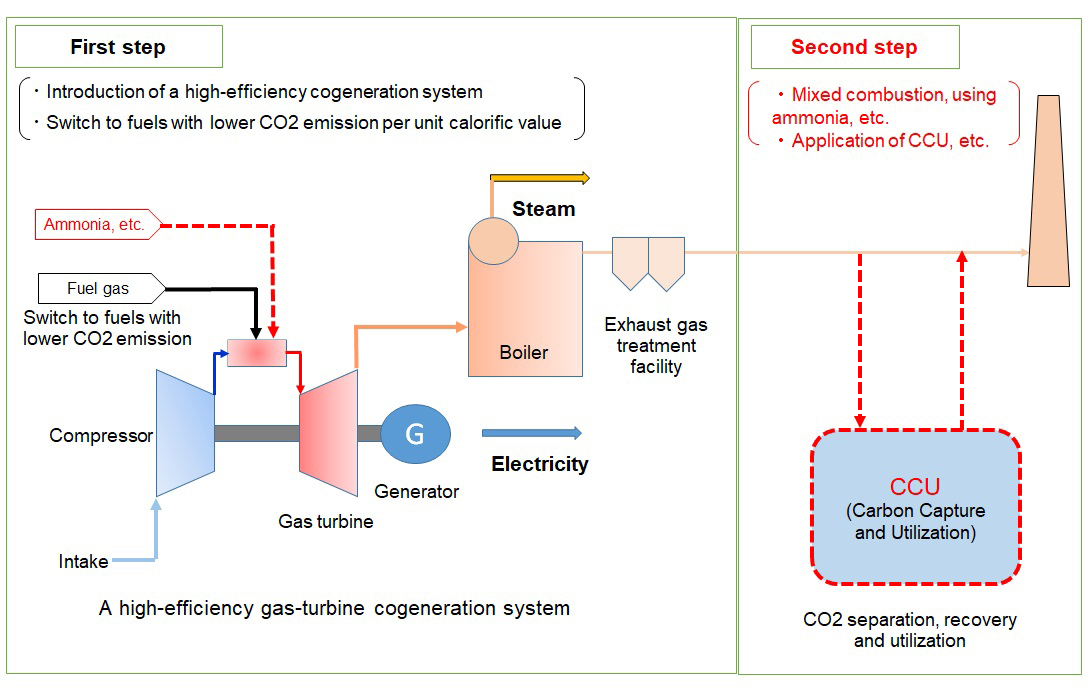Smart Energy Network
Tokyo Gas Co., Ltd.
Outline
The smart energy network is a system to minimize the amount of energy used by the whole community by establishing an area network which enables the use of heat and electricity more efficiently by using a distributed energy system such as a gas cogeneration system (COGENE) and by cooperative operation between the energy demand side and the supply side. This network uses ICT technology to collect and analyze a variety of information inside and outside the community and efficiently control energy to be used for buildings and the local community. Furthermore, the network actively uses the renewable/ unused energy specific to the region and makes adjustments to stabilize the energy using COGENE, thus resulting in much more effective usage of renewable/ unused energy. In addition, even in the event of a power outage due to disasters, this network makes it possible to supply heat and electricity to the community by using COGENE that uses highly reliable medium-pressure gas pipeline system, resulting in high resilience.
Description
For a single building, the ZEB measures have been pursued to achieve “Net zero energy”, but for large scale buildings, it is difficult to implement the ZEB project due to the limitation of renewable energy usage in urban area. However, metropolitan policy is further advanced, and heat demand is high in central Tokyo. In addition, the disaster protection countermeasures for the cities at the time of disaster such as measures for people who cannot return home are urgent issues these days. Accordingly, the establishment of the energy management system on a regional basis such as a smart energy network is considered to be very effective in strengthening the disaster defense for cities, because the network enables supplying electricity and heat even in the case of disasters.
In a practical sense, smart energy networks will be developed by using stable and efficient energy operations using distributed power sources, the maximum available unused energy and renewable energy. Furthermore, the information network using ICT promotes cooperation between the demand side (buildings) and the supply side (plants). Then, the optimization of supply and demand will be realized by predicting the optimum energy supply from the variety of information such as season, weather, previous day data, data for events and the setting information of each device and the demand side data of energy consumption. In this way, the smart energy network is aiming for low carbon and energy saving not only for the plant but also for the entire district.
The smart energy network has been realized in several areas, starting with the network development in the east exit north area of Tamachi Station completed in 2014 as an integrated redevelopment model, then in Toyosu Wharf area and the Nihonbashi Muromachi area, which includes the existing urban area. A new smart energy network in the industrial sector has also been completed at Kiyohara Industrial Park. In the first phase of Tamachi project, the network system achieved about a 40% reduction of CO2 in 2015 compared to the building groups equivalent to 2013 energy saving standard.
To realize these network models, it is necessary to consider its feasibility and to pursue the coordination with city policies, etc. from the early stages of the urban development project. Also, when establishing a smart energy network, it is usually difficult to recover the construction costs by reducing running costs only. Therefore, in order to construct a smart energy network, it is necessary to promote cooperation between local governments and private companies and also to create a system to share and distribute obtained value between each stakeholder based on evaluating how this project improves the environment, disaster protection and activation of the community. Once this network is realized, it is expected to function as a foundation for creating the net zero carbon society.
Other Innovation Challenges
Utilization of distributed energy resources (The Virtual Power Plant)
Tokyo Gas Co., Ltd.
Similar Innovation Challenges
Achieve 2050 decarbonization target with Net Zero Energy House!
Sekisui House, Ltd.
Achieving net-zero emissions by promoting renewable energy use through both our monozukuri and products.
DAIWA HOUSE INDUSTRY CO., LTD.



